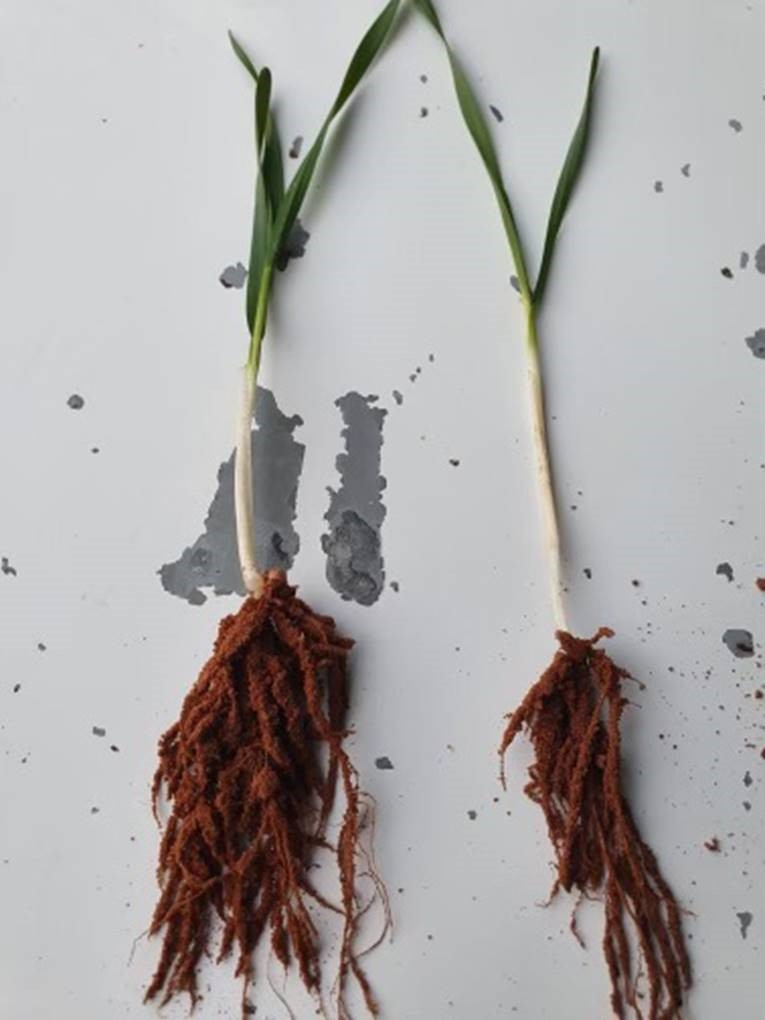Environment
We provide our services in an environmentally responsible and sustainable manner.
We are continually measuring and improving our environmental performance. We do this through our Environmental Management System and associated plans and strategies.
Recycled water
We encourage schemes that promote the sustainable reuse of treated and recycled water. These schemes have a positive environmental impact by reducing the demand impact on the Murray River.
Water treatment under these schemes is governed by legislation and also meets the guidelines set by the Environmental Protection Agency (EPA) of Victoria. The water is then supplied for a variety of beneficial uses.
We recycle water at:
- Koorlong Wastewater Treatment Plant – wastewater from Red Cliffs, Irymple and parts of Mildura is treated to class C standards for use in horticulture.
- Robinvale Wastewater Treatment Plant – wastewater from the Robinvale area is treated to class C standards for producing high-grade fodder.
- Mildura Water Treatment Plant – water used in backwashing and treatment operations is diverted to a separate storage lagoon. Mildura Rural City Council use this water for irrigating the Old Aerodrome Sporting Complex.
- West Mildura Water Treatment Plant – reclaimed water from the backwashing and treatment operations is use by Mildura Golf Club for irrigating its fairways and greens.
Irrigation drainage water is also used for irrigating turf.
Biosolids

Biosolids are a nutrient-rich organic material produced from the wastewater recycling process. The combination of water and organic materials means biosolids contain valuable nutrients. This includes nitrogen and phosphorus.
Biosolids have a soil-like consistency and can be used as an alternative fertiliser. The EPA regulates biosolid application and it must meet specific quality criteria.
From our Koorlong Wastewater Treatment Plant, we are also transporting biosolids to a local farm. The biosolids are used for fertilising local dryland farming crops. Results to date have shown an increase in yields and carbon in the soil.
Carbon emissions
We have committed to:
- sourcing 100% of our electricity needs from renewables by 2025
- achieving net-zero emissions by 2035.
These targets are formalised in our Statement of Obligations (Emissions Reduction) (PDF). The statement also sets out emissions reduction priorities, affordability priorities, and rules for calculating emissions.
We have pledged to reduce greenhouse gas emissions according to the following targets:
- 44.1% reduction by 1 July 2025
- 79% reduction by 1 July 2030
- 100% reduction by 1 July 2035 (net zero).
Biodiversity
We maintain and protect 2 important native vegetation offset sites. These are located next to the Koorlong State Forest.
These sites provide important terrestrial habitat with a significant range of flora and fauna. This includes species listed as vulnerable – under the Victorian Flora and Fauna Guarantee Act and the national Environment Protection and Biodiversity Conservation Act. Recent work includes fence maintenance, rubbish removal, and weed and rabbit control.
We’re partnering with the Mallee CMA (Catchment Management Authority) to deliver environmental water to Lake Hawthorn and Lake Koorlong. The water is delivered via our drainage and irrigation infrastructure.
Lake Hawthorn
Lake Hawthorn is an important waterway to our community. It provides the backdrop to the expanding residential estates. It also provides an important green space for walking and bird watching. The lake supports many internationally important migratory shorebird species.
Murray hardyhead fish
Lake Koorlong has one of the best populations of Murray hardyhead fish in the state. This species is only known to exist in 6 sites throughout Victoria. It is listed as critically endangered under Victoria’s Flora and Fauna Guarantee Act.
Eastern hooded scaly-foot lizard
The Mildura West Water Treatment Plant has a 15-hectare area that provides habitat for the eastern hooded scaly-foot lizard. This population is one of only 6 in Victoria. The species is listed as threatened under the Flora and Fauna Guarantee Act and as ‘critically endangered’ in Victoria under the advisory list of threatened fauna.
We control pests and weeds, and we are improving fencing at the site. Foxes and rabbits are the main threats to the lizard population.